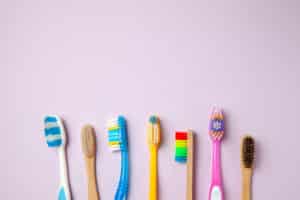
Soft Food Recipes For After Dental Procedures
Unfortunately, necessary dental work can affect our ability to eat for a couple days after. When you’re hungry after a dental procedure but can’t have a crunch just yet, try these five soft food recipes. Not only are they hearty and will keep you full, but they’re easy to chew and eat.
Soft Food Recipes to Make
1. Crockpot Broccoli Cheese Soup
This recipe is a comfort soft food classic brought to you by Six Sisters Stuff. The best part? It’s mainly all just thrown into a crockpot. Minimal preparation when you’re not feeling well is always a bonus. All you’ll need for the recipe are:
2 tablespoons butter
1/2 an onion, diced
12 oz (1 can) evaporated milk
4 cups chicken broth
2 cups broccoli florets
1/2 teaspoon pepper
1/4 teaspoon salt
8 ounces Velveeta cheese, cubed
1 1/2 cups shredded cheddar cheese
1 cup Parmesan
How to:
- Melt butter in skillet and sauté onion until tender
- Add onions, milk, chicken broth, salt and pepper to the slow cooker and mix to combine
- Cover and cook on low for 4 hours
- Add cheese cubes to slow cooker, stir while it melts
- Add cheddar and Parmesan and let melt
- Turn off slow cooker, server warm
Tip: if your mouth is extra sensitive, be sure you cut the broccoli into very fine, small pieces to prevent having to chew too much.
2. 5-Minute Super Berry Smoothie Bowl
Smoothies are a great soft food to pack in the vitamins and nutrients, and the fact that it’s cold could be soothing to your healing mouth. All you need is 5 minutes of your time – and 5 ingredients! Try this recipe from Ahead of Thyme:
1 cup milk of choice
1 1/2 cup frozen mixed berries
Ripe banana (1 full banana)
1/3 cup fresh spinach, loosely packed
1 teaspoon vanilla extract (optional)
2 tablespoons flax or chia seeds (optional)
How to:
- Add all ingredients to a blender
- Blend
- Pour in bowl and serve immediately
See, soft food can be easy!
Tip: You can also add toppings like sliced strawberries, sliced banana, or granola. However, if you still can’t easily we suggest forgoing the toppings.
3. 10 Minute Fried Rice
This simple egg fried rice is a recipe you’ll want to make over and over again, even when your mouth doesn’t hurt. This recipe from Homemade Hooplas is easy and tasty:
1 cup water
1 cup minute rice
2 tablespoons soy sauce, low sodium
Vegetable oil 1 tablespoon
Fresh or frozen vegetables – 1 cup
1 Large egg
Minced garlic, 1 tablespoon
Salt and pepper to taste
How to:
- Put a small saucepan on medium heat, bringing water and soy sauce to a boil. When a boil is reached, pour in uncooked rice and cook to package directions
- While cooking rice, heat a skillet over medium heat. Add vegetable oil, garlic, vegetables, salt and pepper. Sauté for 3-5 minutes or until garlic is aromatic and golden in color
- Crack egg into the skillet and scramble into your vegetable and garlic mixture. Cook until the egg is cooked, about 2-3 minutes.
- Pour the finished rice into the skillet, stir everything together and cook for 2-3 more minutes
- Immediately serve
4. Vegan Butter Garlic Noodles
This simple pasta dish from This Savory Vegan will fill your mouth full of flavors, without the post-surgery pain. Get cooking with:
8 oz spaghetti
3 tablespoons vegan butter, divided
1/2 cup breadcrumbs
1/4 cup flat leaf parsley, plus more for garnish
1/2 teaspoon garlic powder
2 tablespoons olive oil
6 cloves garlic, peeled and chopped
Salt and pepper to taste
Red pepper flakes
How to:
- Bring a large pot of water to a boil, add pasta and cook to package directions
- While pasta cooks, melt 1 tablespoon of butter in a pan over medium heat. Add breadcrumbs and garlic powder to pan, sauté for 2 minutes. Add parsley and cook until breadcrumbs are browned. Put mixture off heat into a bowl
- Place the pan back on heat and melt the remaining butter. Add olive oil, then garlic, and a pinch of salt and pepper. You can also red pepper flakes here if you’d like. Sauté for 3-5 minutes
- Reserve 1 cup of pasta water, then drain the cooked pasta
- Add the cooked pasta to the garlic butter mixture and toss to combine. Slowly add reserved pasta water until you reach the consistency you want
- Sprinkle the breadcrumb mixture over the pasta, top with additional parsley
Tip: if you think your mouth will be too sensitive for breadcrumbs, just skip step 2!
Soft Cinnamon Cookies
We’re finishing off our list with this delicious sweet option from Pastry & Beyond. Try this dessert to satisfy that sweet tooth in the days following dental procedures. Here’s what you need:
2 cups all-purpose flour
Ground cinnamon – 2 teaspoons
Baking powder – 2 teaspoons
3/4 cup unsalted butter
1 cup minus 2 teaspoons granulated sugar
1 large egg
Vanilla – 1 teaspoon
How to:
- Mix flour, cinnamon, and baking powder in a bowl. Set aside
- Melt butter in a small saucepan until it’s halfway melted, then remove from heat and continue to stir until thoroughly melted. Let cool
- Place sugar in a big bowl and add melted butter. Stir with whisk until combined, about 15 seconds
- Add in the egg and whisk until combined
- Add in vanilla
- Then, add flour mixture in small batches to sugar bowl and mix until totally combined
- Cover the bowl and let sit in fridge for 10-15 minutes
- Remove dough and make balls, this recipe makes about 1.5 dozen
- Bake at 350 for 9 minutes, they should look puffy and soft. If needed, you can press down with a spoon to give them a traditional cookie shape. Let them sit on cooling baking sheet for 15 minutes until they firm up
Make an Appointment
If you are suffering from serious pain of any kind, from a procedure or something unknown, let Dr. Ania have a look. Make an appointment today by calling (303)-872-9940.



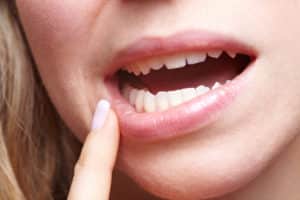
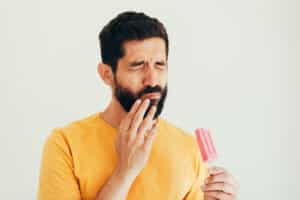
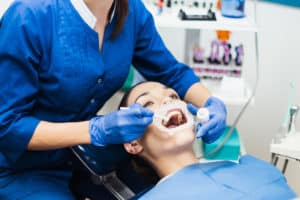

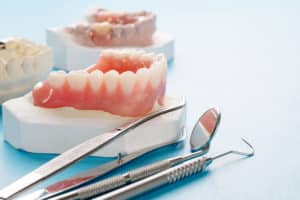
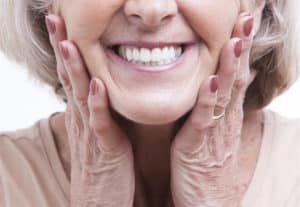
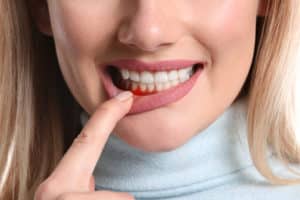

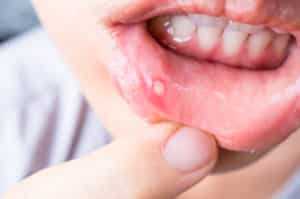
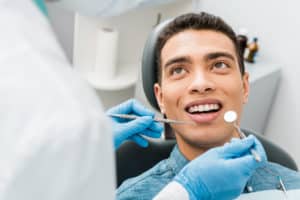
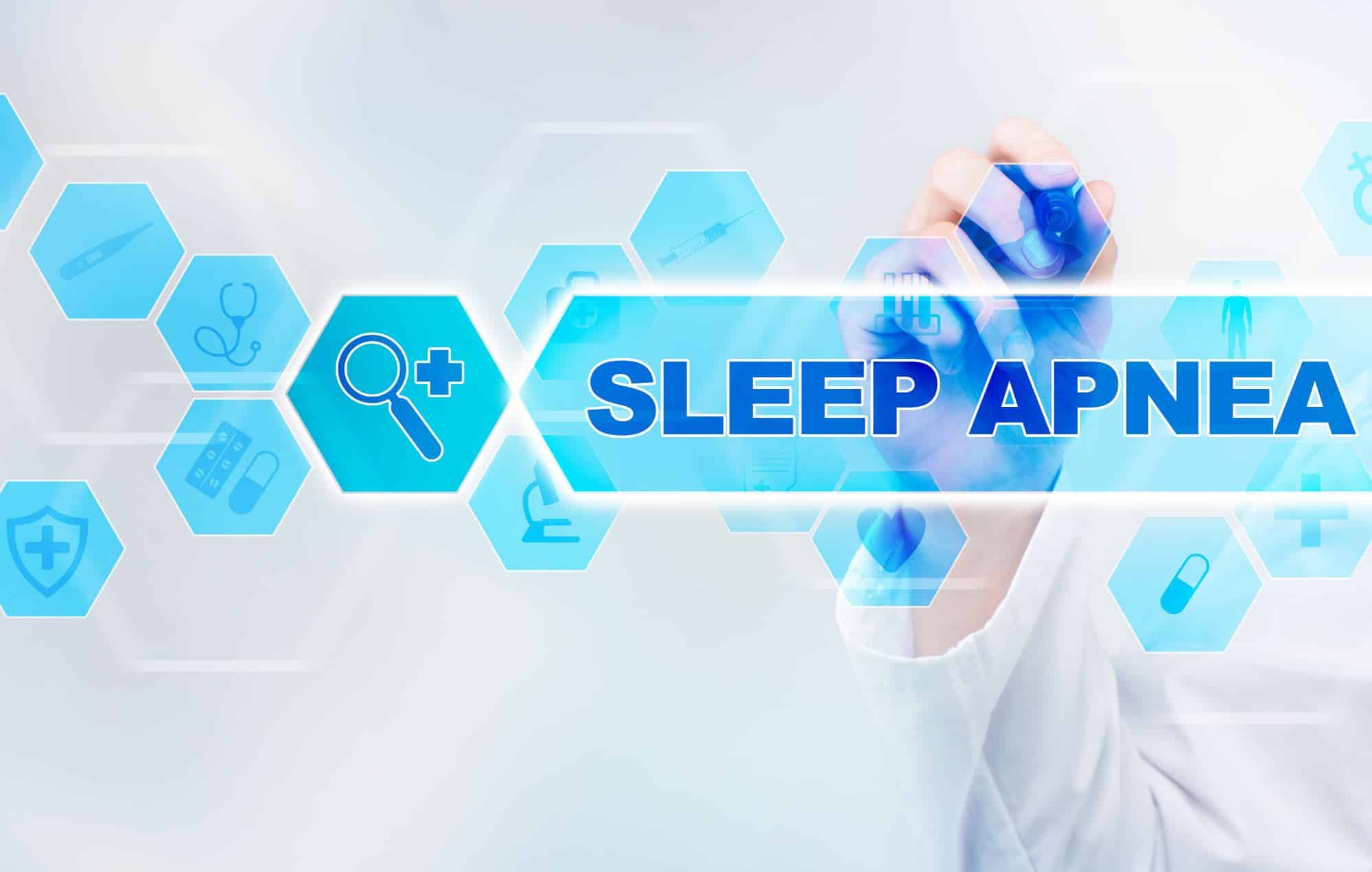
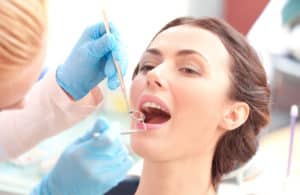
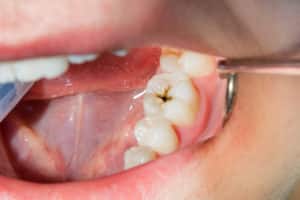

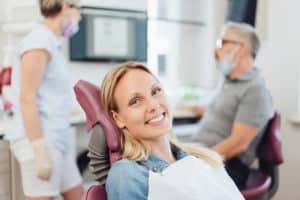





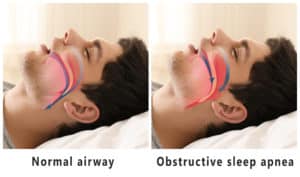
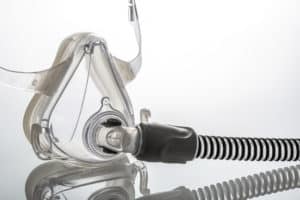
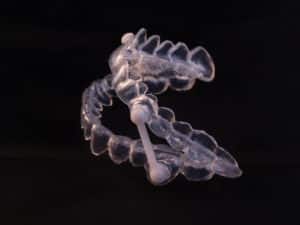

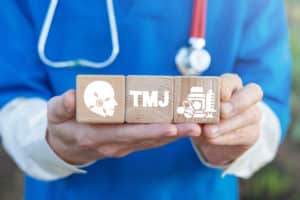 Signs and Causes of TMJ Disorder
Signs and Causes of TMJ Disorder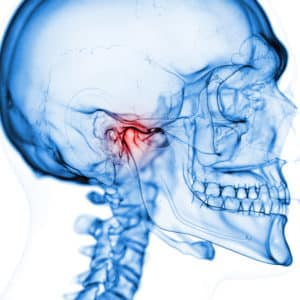
 Help for Your Symptoms
Help for Your Symptoms
